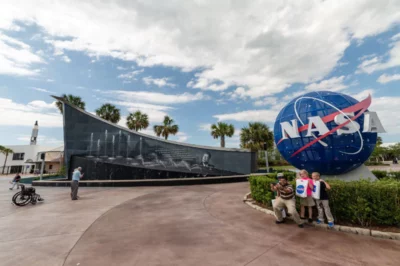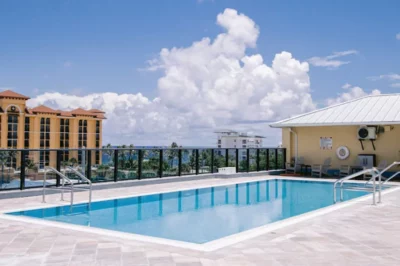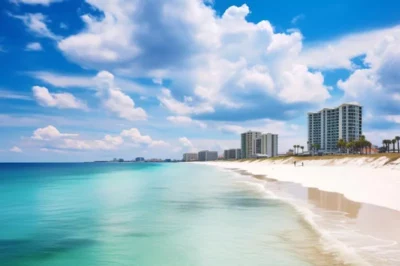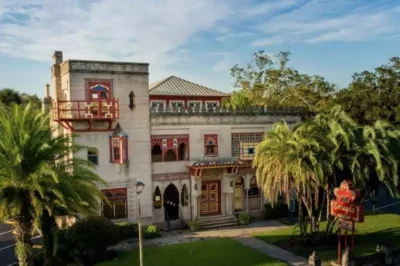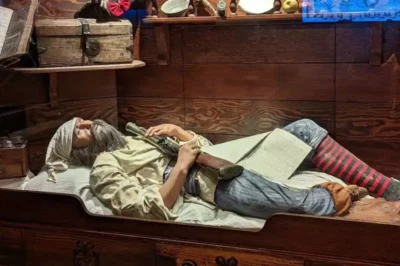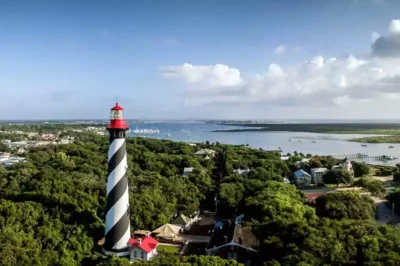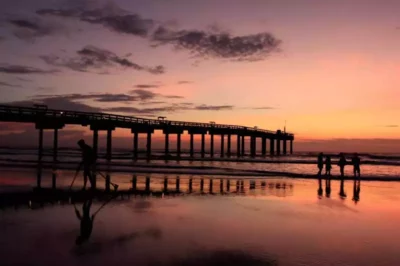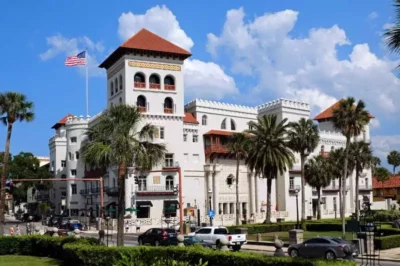St Augustine Forts: Unearthing Centuries of Defense
The forts in St. Augustine played a crucial role in the city’s history and protection, making them an essential part of understanding the city’s storied past. St. Augustine, founded in 1565 by Spanish explorer Pedro Menéndez de Avilés, holds the distinction of being the oldest continuously occupied European-established city in the United States.
Throughout its history, the city has been an important strategic location, serving as a gateway between the Spanish colonies in the Caribbean and the rest of the New World.
As St. Augustine’s strategic importance became more evident, the need for robust defense systems grew. The forts were constructed to protect the city from foreign invasions, primarily by the British, French, and pirate forces. These forts not only defended the city but also solidified the Spanish presence in the region, showcasing their architectural prowess and military capabilities.
- Castillo de San Marcos, the largest and oldest fort in St. Augustine, is a prime example of this military stronghold. It was constructed from coquina, a locally sourced material made of compressed shell fragments, which made the fort’s walls incredibly durable and resistant to enemy attacks. This fort successfully defended St. Augustine multiple times throughout its history.
- Fort Matanzas, located further south, served as an additional layer of defense by guarding the Matanzas Inlet. This strategic location allowed the Spanish to monitor and control access to St. Augustine, ensuring the city’s security and preventing enemy invasions by sea.
- Fort Mose, though smaller in scale compared to the other two forts, played a unique role in St. Augustine’s defense system. It served as the first line of defense to the north, while also providing sanctuary for escaped African slaves from the British colonies, who fought for the Spanish in exchange for their freedom.
The fortresses of St. Augustine therefore not only played an important role in protecting the city, but also shaped the social, political and cultural fabric of the region. Today, they stand as a testament to the rich history of St. Augustine and the resilience of its people in the face of adversity.
Castillo de San Marcos National Monument
Constructed between 1672 and 1695, Castillo de San Marcos was built by the Spanish to protect St. Augustine from foreign invaders, especially the British and the French. The fort, designed by Ignacio Daza, is an excellent example of the bastion system of fortification, which allowed for better defense and maneuverability.
During the 1763 Treaty of Paris, Florida was ceded to the British, and Castillo de San Marcos was renamed Fort St. Mark. The British occupied the fort until 1783 when Florida was returned to Spain as part of the Treaty of Paris.
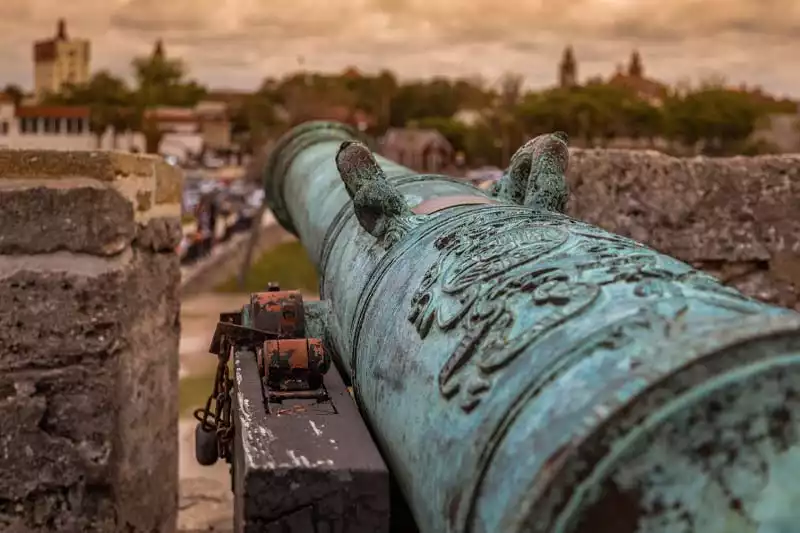
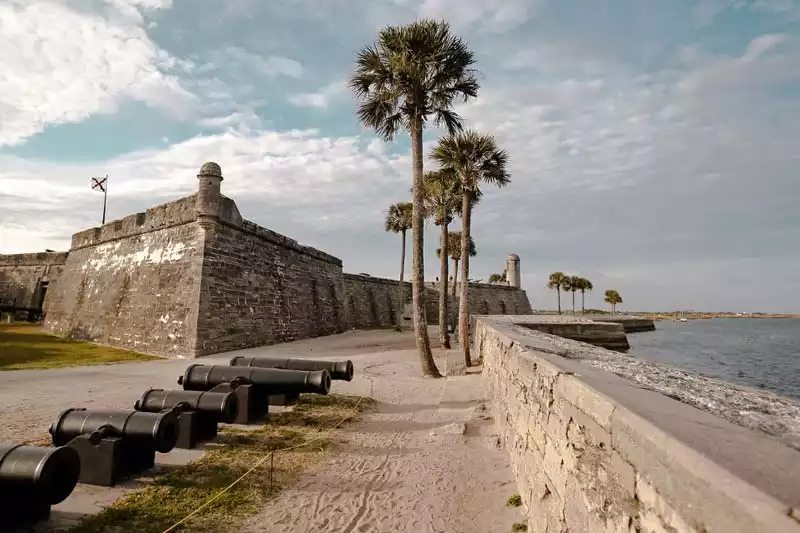
In 1821, Spain ceded Florida to the United States. The fort was renamed Fort Marion and used as a military prison during the Second Seminole War (1835-1842) and the American Civil War (1861-1865). In 1942, the fort was restored to its original name, Castillo de San Marcos.
- Coquina walls: The fort is constructed from coquina, a locally sourced limestone composed of shell fragments. This unique material made the walls highly resistant to cannon fire, as the walls could absorb the impact and minimize damage.
- Drawbridge and moat: Castillo de San Marcos features a drawbridge and a moat that added an extra layer of defense. The moat was filled with water during times of conflict to hinder enemy access, while the drawbridge could be raised or lowered to control entry to the fort.
Tour information: The fort is open to visitors daily, except for certain holidays. Self-guided and ranger-led tours are available, providing insights into the fort’s history, architecture, and life within its walls.
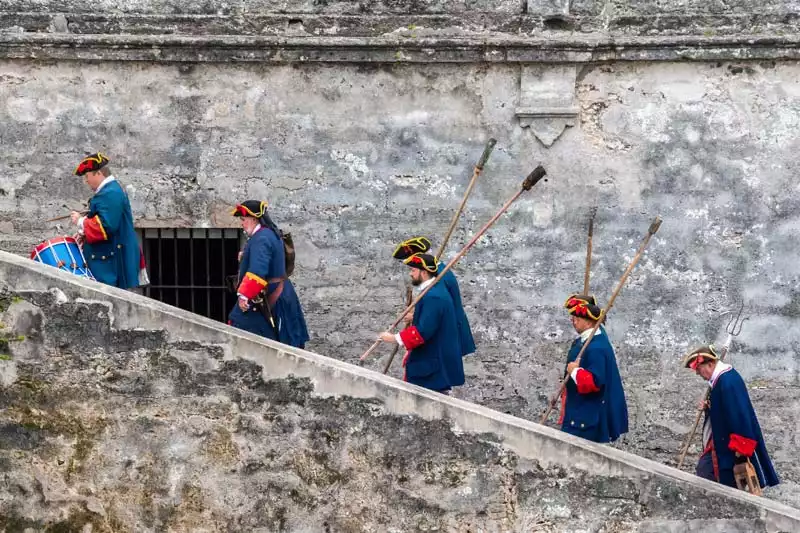

Educational programs and events: Castillo de San Marcos hosts a variety of educational programs and events throughout the year, including living history demonstrations, reenactments, and hands-on activities for all ages.
Nearby attractions: While visiting the fort, be sure to explore the surrounding historic district of St. Augustine, which features numerous museums like Pirate and Treasure Museum, landmarks, and cultural attractions that showcase the city’s rich history.
How to get there? Castillo de San Marcos is located at 1 South Castillo Drive, St. Augustine, FL 32084.
- Drive: If you have a car, there is a parking lot near the fort that charges a fee. Street parking is also available in the surrounding area but may be limited during peak hours.
- Walk: If you are staying in the historic district of St. Augustine, the fort is within walking distance from many hotels and attractions.
- Trolley Tours: St. Augustine offers trolley tours with multiple stops, including one at Castillo de San Marcos. This is a convenient way to explore the city and its attractions without worrying about parking.
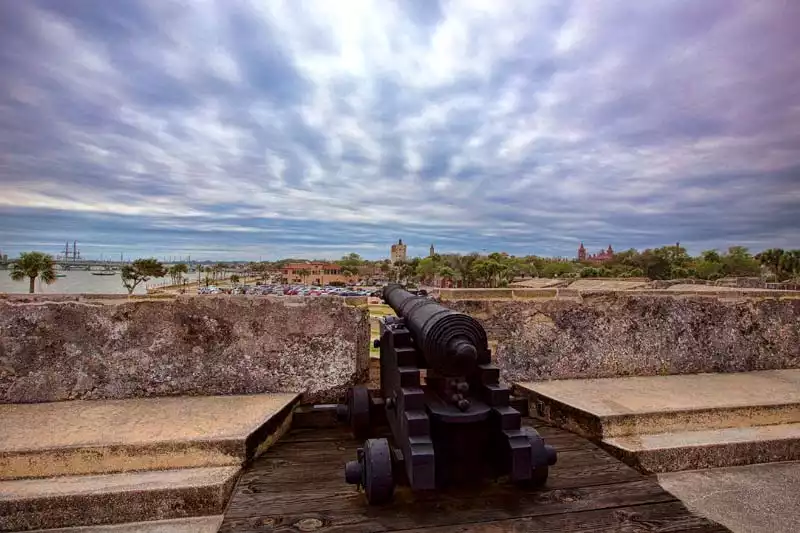
Fort Matanzas National Monument
Fort Matanzas, located approximately 15 miles south of St. Augustine, was built by the Spanish between 1740 and 1742 to protect the city from potential invasions via the Matanzas Inlet.
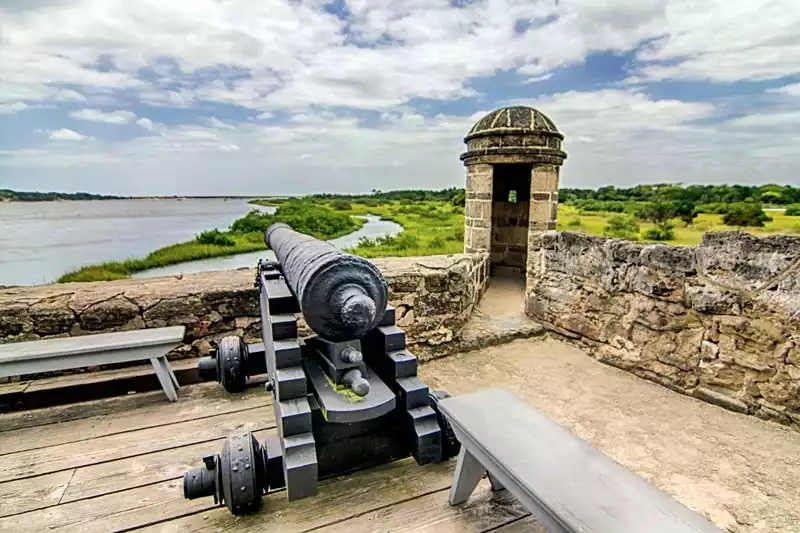
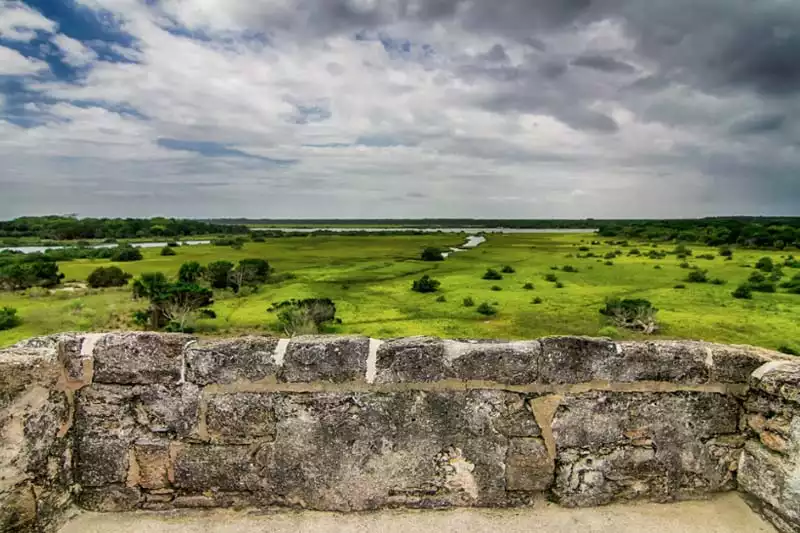
The fort was designed by Pedro Ruiz de Olano and constructed from coquina, the same material used for Castillo de San Marcos. Fort Matanzas played a vital role in the defense of St. Augustine, as it guarded the southern waterway approach to the city and deterred British forces from exploiting this potential vulnerability.
- Tower and gun deck: The compact design of Fort Matanzas features a central tower with a gun deck on the roof, which provided a strategic vantage point for soldiers to monitor the inlet and fire upon enemy ships. The tower was equipped with five cannons and a small garrison of soldiers.
- Wildlife and natural scenery: Fort Matanzas is surrounded by a beautiful natural setting, as it is situated within a maritime hammock on Rattlesnake Island. The area is home to diverse wildlife, including numerous bird species, making it an ideal spot for birdwatching and nature photography.
Ferry rides and accessibility: Access to Fort Matanzas is provided via a free ferry service that departs from the visitor center. The ferry ride offers a unique perspective on the fort and its natural surroundings, as well as a chance to observe local wildlife.
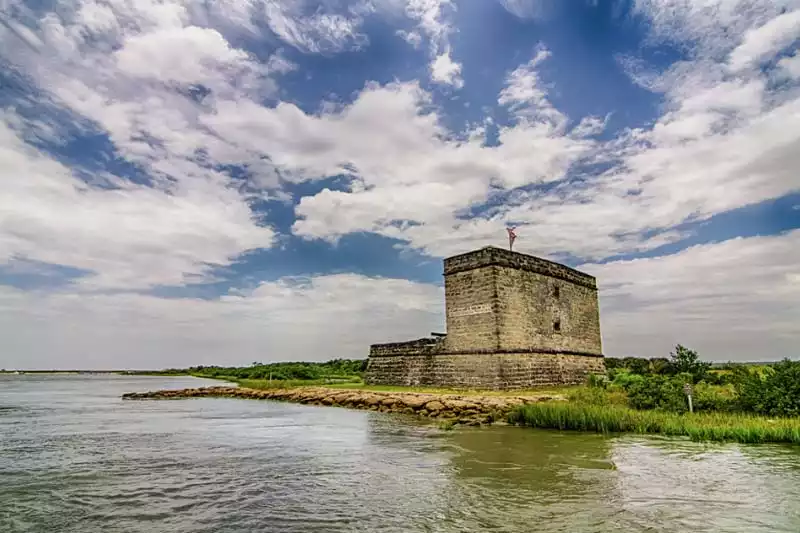
Ranger-led tours and educational programs: Upon arrival at the fort, visitors can participate in ranger-led tours that provide insight into the history, construction, and daily life of the soldiers stationed at Fort Matanzas. The National Park Service also offers educational programs and special events throughout the year.
Hiking and picnicking opportunities: The Fort Matanzas National Monument features a nature trail and boardwalk that allows visitors to explore the surrounding maritime hammock and salt marsh. Picnic tables are also available near the visitor center, providing a perfect spot for a relaxing outdoor meal.
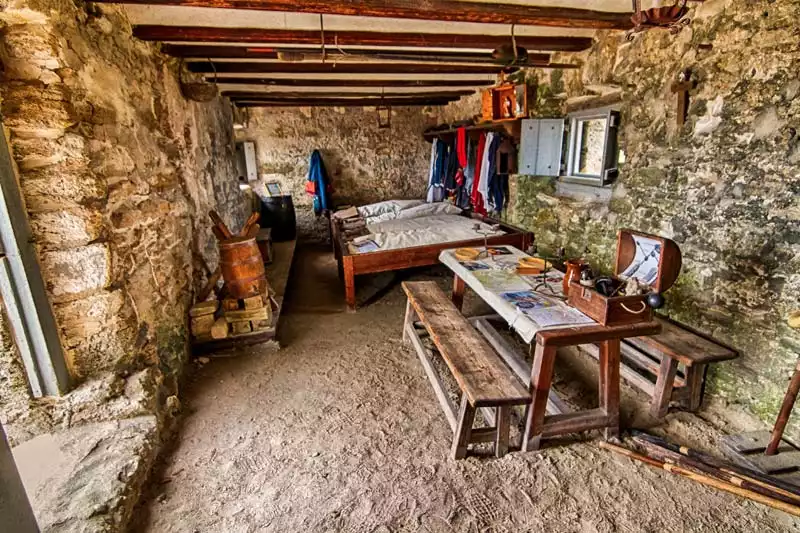
How to get there? Fort Matanzas is located at 8635 A1A South, St. Augustine, FL 32080.
- Drive: The easiest way to reach Fort Matanzas is by car, as it is situated approximately 15 miles south of St. Augustine. There is a parking lot available at the visitor center.
- Public Transportation: There is no direct public transportation to Fort Matanzas; however, you may be able to use the Sunshine Bus Company’s “Yellow Line” to reach nearby stops, and then walk or bike to the site.
Fort Mose Historic State Park
Fort Mose, established in 1738, holds a unique place in history as the first legally sanctioned free African settlement in the United States. The fort was created as part of the Spanish defense system in St. Augustine, offering protection from British forces to the north.
Additionally, Fort Mose served as a sanctuary for escaped African slaves from the British colonies, who sought freedom in exchange for fighting for the Spanish crown.
- Archaeological site: While the original fort structure no longer stands, the Fort Mose Historic State Park is an active archaeological site where researchers continue to uncover artifacts and evidence of the original settlement. Visitors can learn about these discoveries and the ongoing research through interpretive signage and displays.
- Museum and exhibitions: The park includes a museum with exhibits detailing the history of Fort Mose, the lives of the settlers and the wider historical context of the period. The museum also displays artifacts found in the area, providing a tangible link to the past.
Tour information: Self-guided tours of the Fort Mose Historic State Park allow visitors to explore the site at their own pace, with interpretive panels offering detailed information about the history and significance of the fort. Guided tours are also available, led by knowledgeable park staff and volunteers.
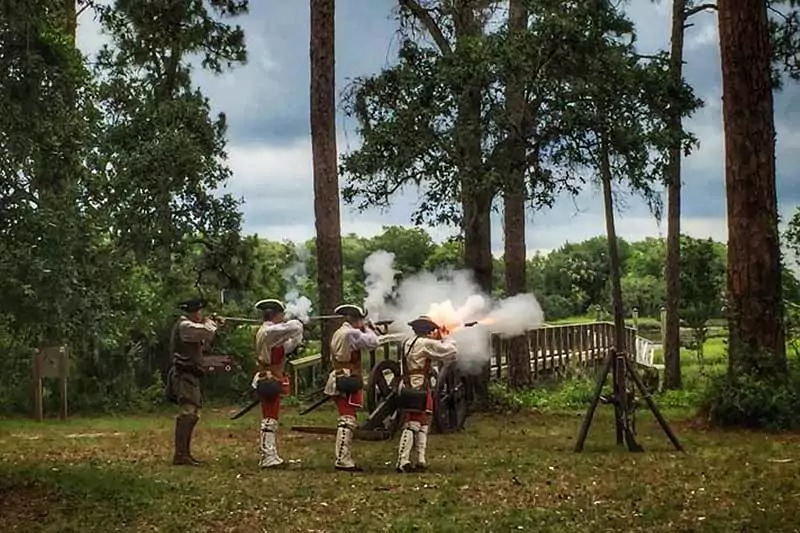
Annual reenactment events: Fort Mose hosts annual reenactment events, such as the “Flight to Freedom” program, which showcases the journey of escaped slaves seeking refuge at the fort. These events bring history to life through interactive experiences and engaging storytelling.
Nearby attractions and activities: While visiting Fort Mose, take the opportunity to explore the rich history of St. Augustine by visiting other nearby attractions, such as the Fountain of Youth Archaeological Park, the Old Jail, and the St. Augustine Lighthouse & Maritime Museum.
How to get there? Fort Mose is located at 15 Fort Mose Trail, St. Augustine, FL 32084.
- Drive: Driving is the most convenient way to reach Fort Mose. It is located just north of downtown St. Augustine, and there is a parking lot available on-site.
- Walk or Bike: Fort Mose is approximately 2 miles north of downtown St. Augustine. Depending on your location, you may choose to walk or bike to the park using the pedestrian-friendly sidewalks and trails.
Conclusion
In conclusion, the historic forts of St. Augustine – Castillo de San Marcos, Fort Matanzas, and Fort Mose – played pivotal roles in the protection and development of the city.
These forts represent the rich multicultural history of the region and showcase the strategic importance of St. Augustine throughout different eras.
Visiting these unique sites offers a fascinating journey through time, allowing visitors to immerse themselves in the stories of resilience, courage, and innovation that shaped America’s oldest city.
